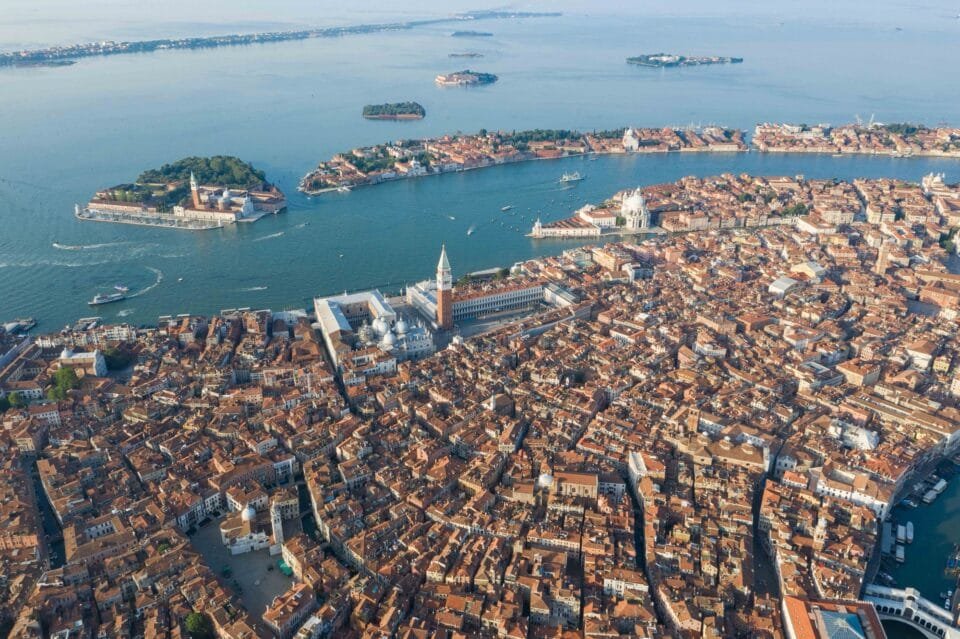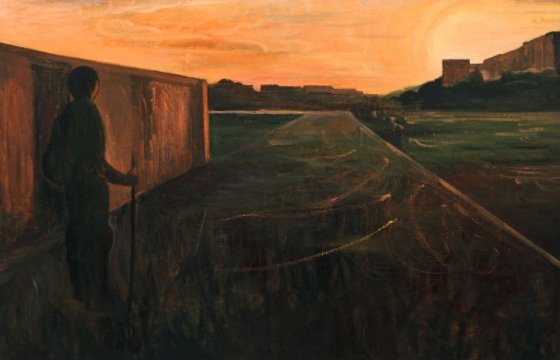From aerial views of modern-day Venice to a 15th-century caravanserai in Kyrgyzstan, Christopher Wilton-Steer’s awe-inspiring photographs capture contemporary views of life along a series of 1,500-year-old trade routes. An extraordinary historical, cultural, and archaeological phenomenon, the Silk Road connected China in the East to Rome and the Mediterranean in the West.
Around 4,000 miles long in its entirety and comprising numerous linking routes—some of which still exist as highways today—the network was used to transport valuable silks from China westward while sending wool and precious metals east. Travelers also transmitted global news, religious beliefs, and disease—most famously The Black Death in the 14th century—along the storied route.

In The Silk Road: A Living History, forthcoming from Hemeria, Wilton-Steer traces the trade artery from Italy through the Balkans and into Turkey, wending through Iran, Turkmenistan, Uzbekistan, Tajikistan, Kyrgyzstan, Pakistan, and India, before continuing through the breadth of China.
Starting in London, the photographer traveled nearly 25,000 miles across Europe and Asia, detouring to visit nearby cities and cultural centers, mountains, deserts, remote communities, and spectacular architecture. He captures elaborate mosaic ceilings like those of the Tash Hauli Palace in Khiva, Uzbekistan, or the Shrine of Fatima Masumeh in Qom, Iran. And traces of medieval cities, like Ani in Turkey, sit timelessly in vast landscapes.
“When we fly somewhere, we arrive at the destination and most aspects of life of different,” Wilton-Steer says in a foreword. “Traveling overland, I wanted to experience the transitions between different cultures and gain a deeper understanding of what connects us.”
In our increasingly integrated world, trade is facilitated through elaborate pan-global shipping networks facilitated by modern technologies. Yet the system is volatile, and the impacts of a global pandemic, accidents, or tariffs can usher in waves of disruption.

As China embarks on the world’s largest-ever infrastructure project through its Belt and Road Initiative, the legacy of the Silk Road is front-and-center as the endeavor aims to connect more than 60 percent of the global population.
Wilton-Steer is interested in the juxtapositions of contemporary life with ancient traditions, cultures, and historical narratives. Just as the Silk Road helped shape European and Asian civilization hundreds of years ago, the route’s legacy underpins the region’s contemporary social, economic, and cultural spheres.
The Silk Road: A Living History will be released on May 20, and you can order your copy in Hemeria’s shop. Wilton-Steer is donating proceeds from the book to the Aga Khan Foundation, which addresses root causes of poverty and works to improve the quality of life in a number of countries along the Silk Road and further afield.
You might also enjoy Fatemeh Hosein Aghaei’s stunning photographs of historic Iranian mosques and palaces.



















Leave a Reply